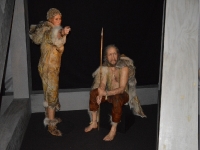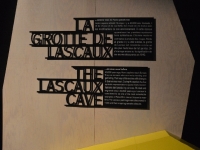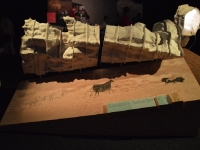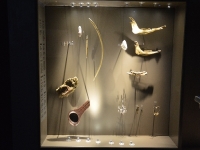Arts
UNIQUE AND SUCCESSFUL LASCAUX CAVE EXHIBITION IN PORTE DE VERSAILLES - PARIS
IT WAS FROM MAY 20 TO AUGUST 30, 2015
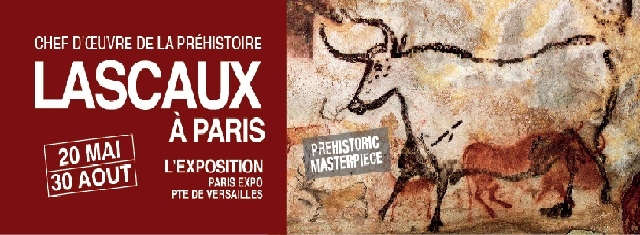
(Source: Lascaux Paris)
USPA NEWS -
In 1940, The Lascaux cave was “ found“ by four Périgourdin young boys from Montignac. Montignac is situated in the Vézère Valley in the Département of Dordogne-Périgord. After the Second World War, Lascaux was open to the public for several years until 1963...
In 1940, The Lascaux cave was “ found“ by four Périgourdin young boys from Montignac. Montignac is situated in the Vézère Valley in the Département of Dordogne-Périgord. After the Second World War, Lascaux was open to the public for several years until 1963.
Many visitors came to visit the site, around 1500 visitors a day, but the carbon dioxide in the human breath soon began to damage the prehistoric paintings of the painted cave.
Today, the original Lascaux cave is closed. The painting cave is under close surveillance in order to preserve this site which is registered as a the World Heritage of the Humanity by UNESCO.
Many visitors came to visit the site, around 1500 visitors a day, but the carbon dioxide in the human breath soon began to damage the prehistoric paintings of the painted cave.
Today, the original Lascaux cave is closed. The painting cave is under close surveillance in order to preserve this site which is registered as a the World Heritage of the Humanity by UNESCO.
The Exhibition held in Paris at Porte de versailles during this summer, was about the whole history of Lascaux cave from its discovery to nowadays.
In September 1940, Marcel Ravidat found a cavity on Lascaux Hill. On the 12th September 1940, he came back with Gerorges Agniel, Simon Coencas and Jacques Marsal. They were the first ones to discover the painting caves. They found some great and unique treasures“¦ The Lascaux cave is the finest of all prehistoric painted caves made by Cro Magnons man.
In September 1940, Marcel Ravidat found a cavity on Lascaux Hill. On the 12th September 1940, he came back with Gerorges Agniel, Simon Coencas and Jacques Marsal. They were the first ones to discover the painting caves. They found some great and unique treasures“¦ The Lascaux cave is the finest of all prehistoric painted caves made by Cro Magnons man.
So as to enable everybody to discover the prehistoric masterpieces, the Lascaux cave was entirely and meticulously reproduced - same paintings, same techniques, same pigments. It is now known as Lascaux II.
Lascaux II, a replica of the Great Hall of the Bulls and the Painted Gallery located 200 meters away from the original, was opened in 1983, so that visitors may view the painted scenes without harming the originals. Reproductions of other Lascaux artwork can be seen at the Centre of Prehistoric Art at Le Thot, France.
Source : Lascaux Dordogne
Lascaux II, a replica of the Great Hall of the Bulls and the Painted Gallery located 200 meters away from the original, was opened in 1983, so that visitors may view the painted scenes without harming the originals. Reproductions of other Lascaux artwork can be seen at the Centre of Prehistoric Art at Le Thot, France.
Source : Lascaux Dordogne
Ruby Bird Yasmina Beddou Cave Lascaux Exhibition Second World War 1963 Visitors Painting World Heritage Of The Humanity Unesco History Prehistoric Marcel Ravidat Gerorges Agniel Simon Coencas Jacques Marsal Cro Magnons
Liability for this article lies with the author, who also holds the copyright. Editorial content from USPA may be quoted on other websites as long as the quote comprises no more than 5% of the entire text, is marked as such and the source is named (via hyperlink).

